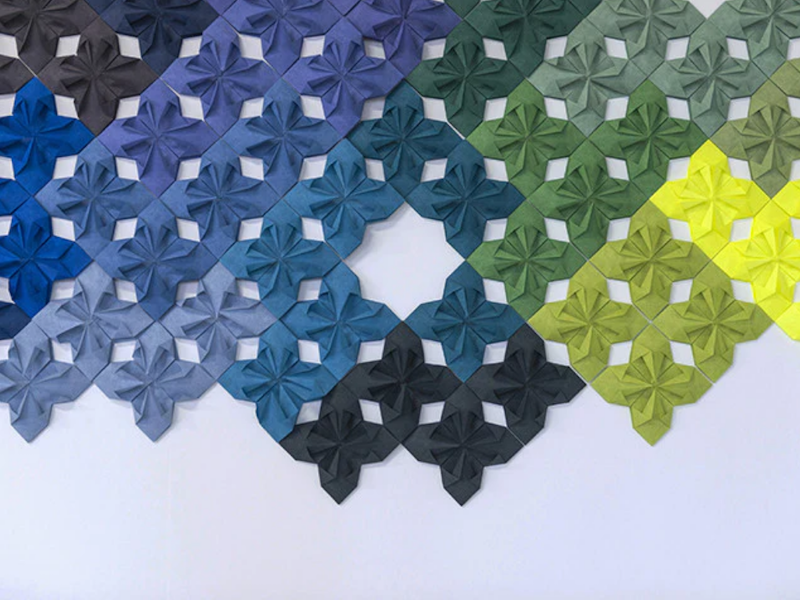
Cellulose: from natural substance to advanced material
An organic compound considered the most widespread in nature, cellulose is the main constituent element of the cell walls of plants and a precious and versatile raw material, which allows the creation of products ranging from paper to textile fibers, through bioplastics, foams, adhesives and even explosives.
If the demand for paper products, whose industry has always been an enthusiastic consumer of cellulose, undergoes continuous contractions due to the progressive and transversal digitization that is taking place globally, as has already happened for photographic rolls and film for shooting , the development of increasingly efficient and targeted innovative processes confirms this renewable raw material as a winning product for an articulated series of material solutions.
The bioplastics sector offers increasingly technically competitive formulations for injection molding and extrusion, as well as with reduced environmental impact: the latest generation cellulosic polymers are developed for durable applications and are also aimed at sectors with complex specific requirements, such as the automotive sector, where they are used for the creation of human-machine interfaces (HMI) thanks to their excellent optical and birefringence properties.
 MC 4780-14 – Complete sheet available on the Material ConneXion database. Find out how to subscribe.
MC 4780-14 – Complete sheet available on the Material ConneXion database. Find out how to subscribe.
Newly developed thermoplastic cellulosic acetates present formulations based on physiologically harmless polyols used in place of phthalates.
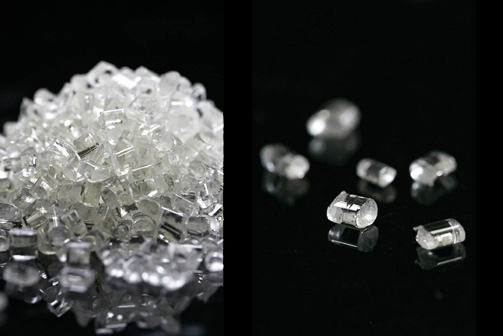 Cellulosic thermoplastic consisting of 70-80% cellulosic acetate and 20-30% of physio-harmless polyols. MC 6767-02 – Complete sheet available on the Material ConneXion database. Find out how to subscribe.
Cellulosic thermoplastic consisting of 70-80% cellulosic acetate and 20-30% of physio-harmless polyols. MC 6767-02 – Complete sheet available on the Material ConneXion database. Find out how to subscribe.
Technological innovation and eco-responsibility represent important growth drivers of the textile sector, where the cellulosic fibers segment is characterized by an ever-increasing number of products designed to reduce the environmental impact of an industry that the advent of fast fashion has made particularly greedy of widely available materials.
The most interesting advances concern efficient recycling technologies capable of producing high quality outputs, in parallel with the identification of alternative sources to traditional ones, such as agricultural waste or from the food sector, with multiple research frontiers. Virtuous examples are represented by the Finnish Infinited Fiber, thanks to whose process it is possible to endlessly recycle textile and paper waste to obtain new textile fibers, and by the Italian Orange Fiber, famous for having developed an innovative process for extracting cellulose from pulp (residues of peel, pulp and seeds) of citrus fruits.
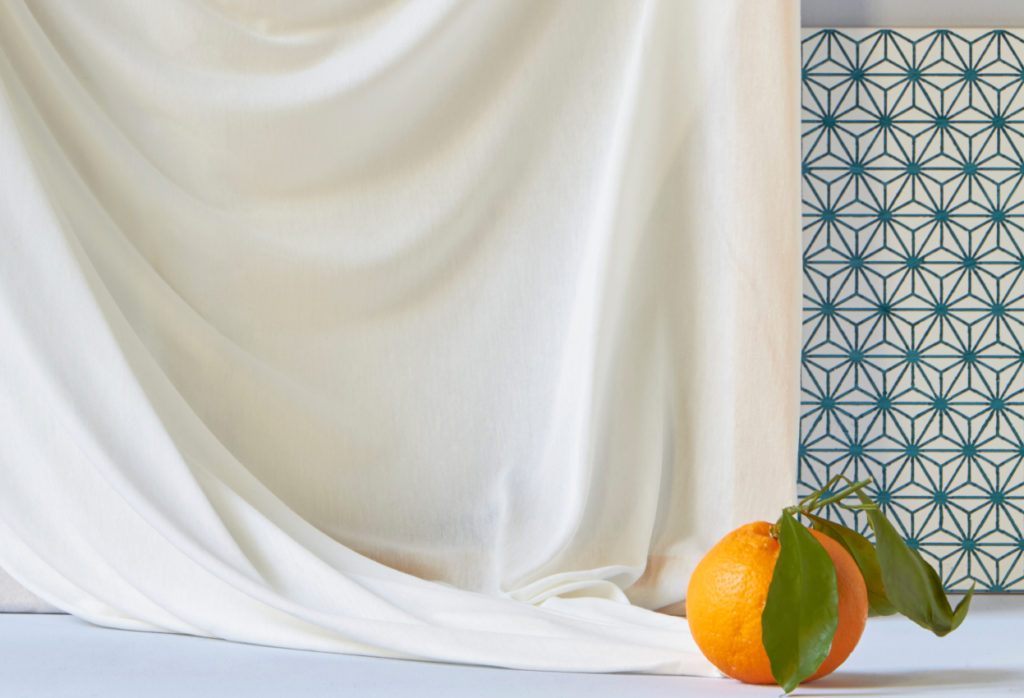
Image curtesy of Orange Fiber
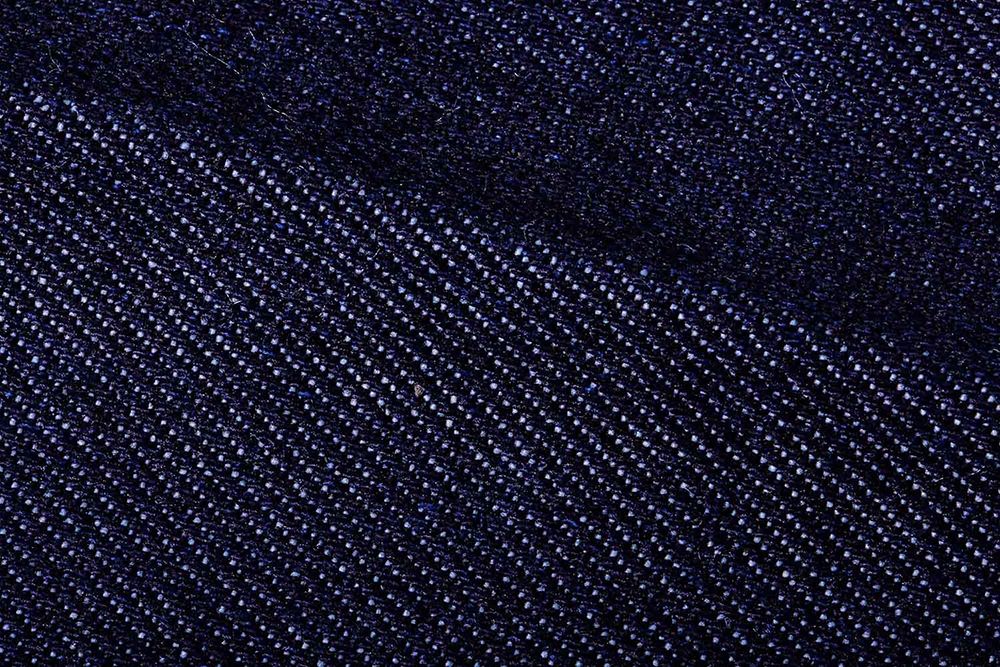
Patented recycling technology that converts textiles, paper and agricultural waste into textile fibers without quality losses regardless of the number of cycles. MC 8543-01 – Complete sheet available on the Material ConneXion database. Find out how to subscribe.
Among the avant-garde scalable processes are the biofabrication of nanostructured cellulose by microorganisms using waste from the food industry and adopting non-energy-intensive methods, or the obtaining of regenerated cellulose and biopolymers starting from manure from farms, a raw material rather than abundantly available whose excessive use can cause pollution.
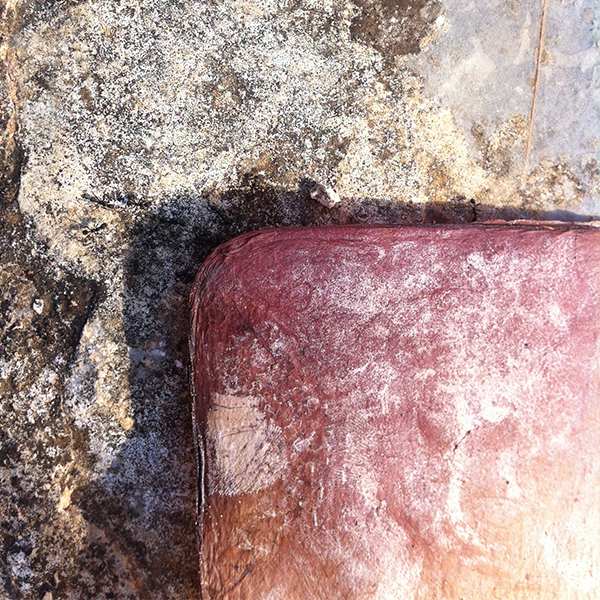 Image curtesy of BioFaber S.r.l.
Image curtesy of BioFaber S.r.l.
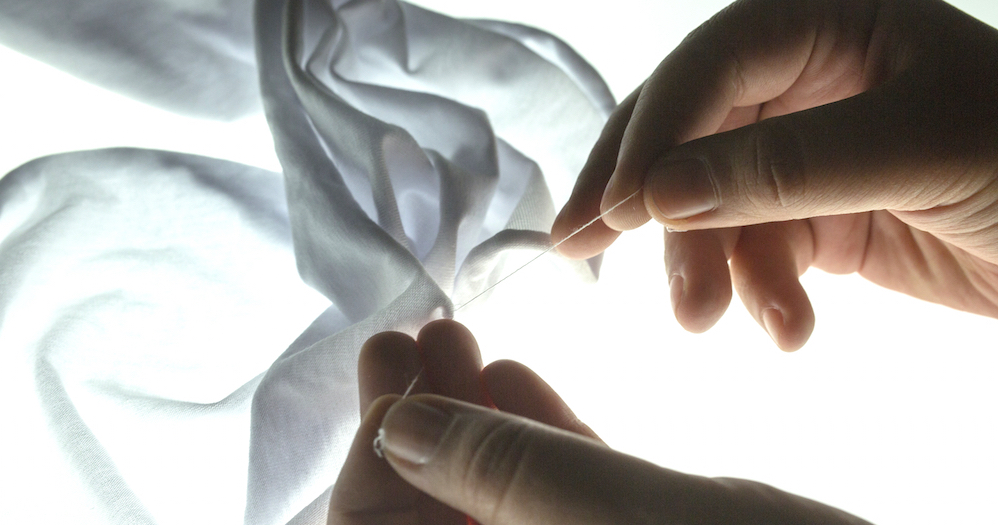
The fabric derived from the manure of cattle. Image curtesy of Mike Roelofs/Inspidere B.V.


